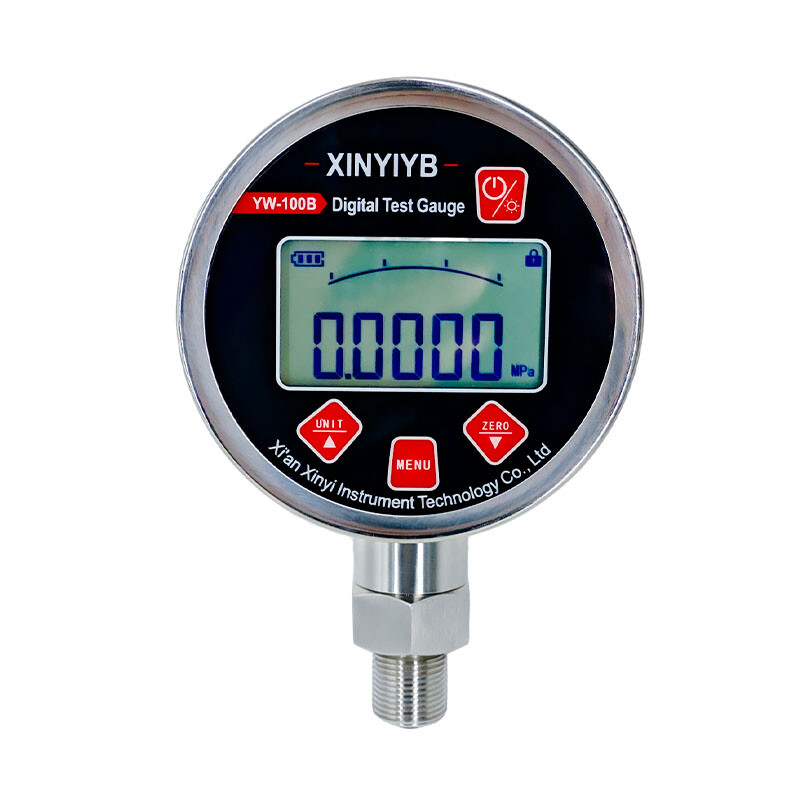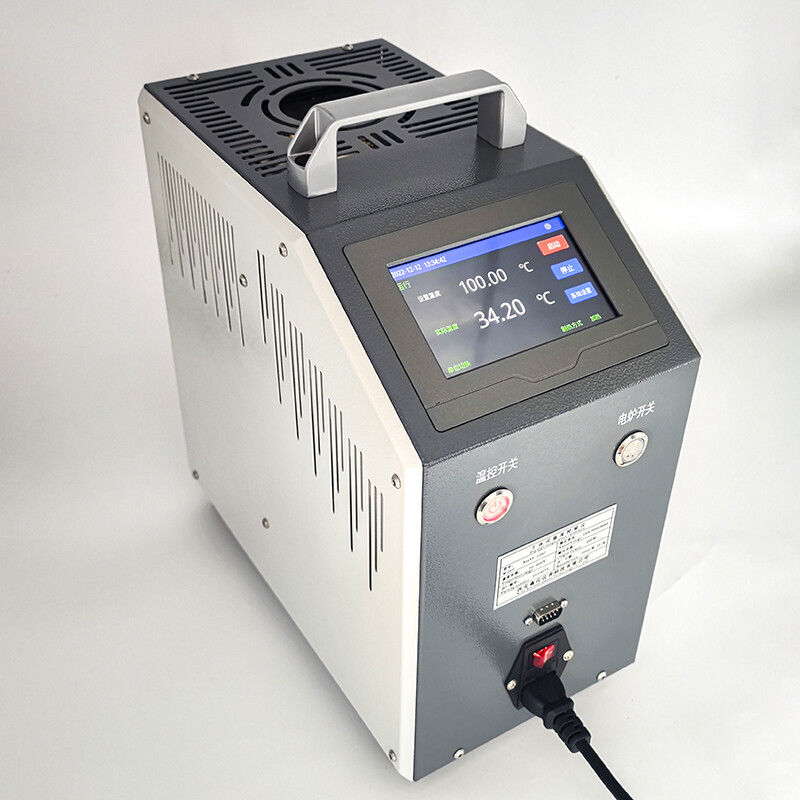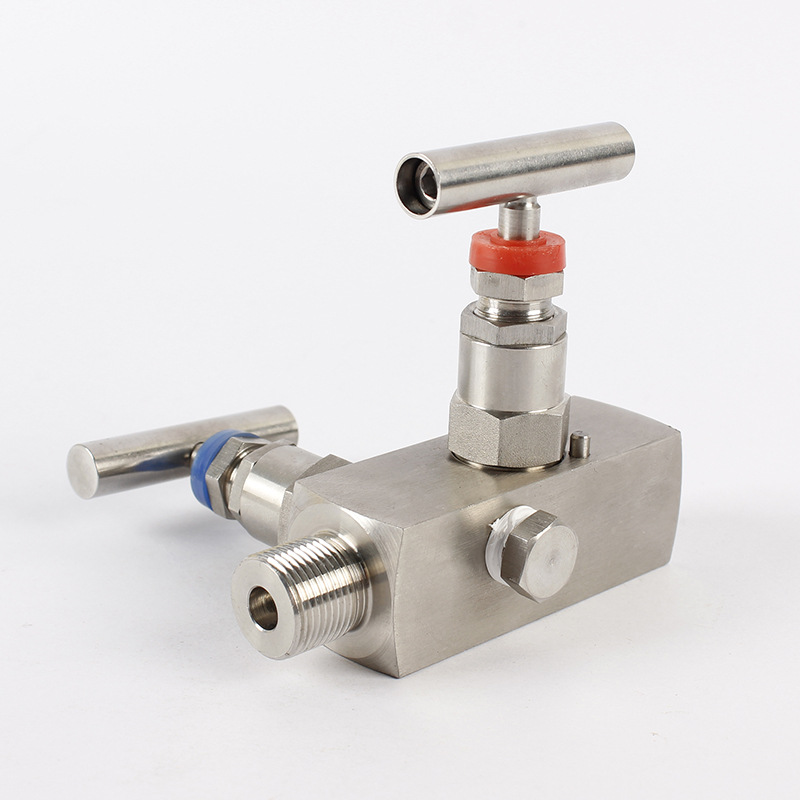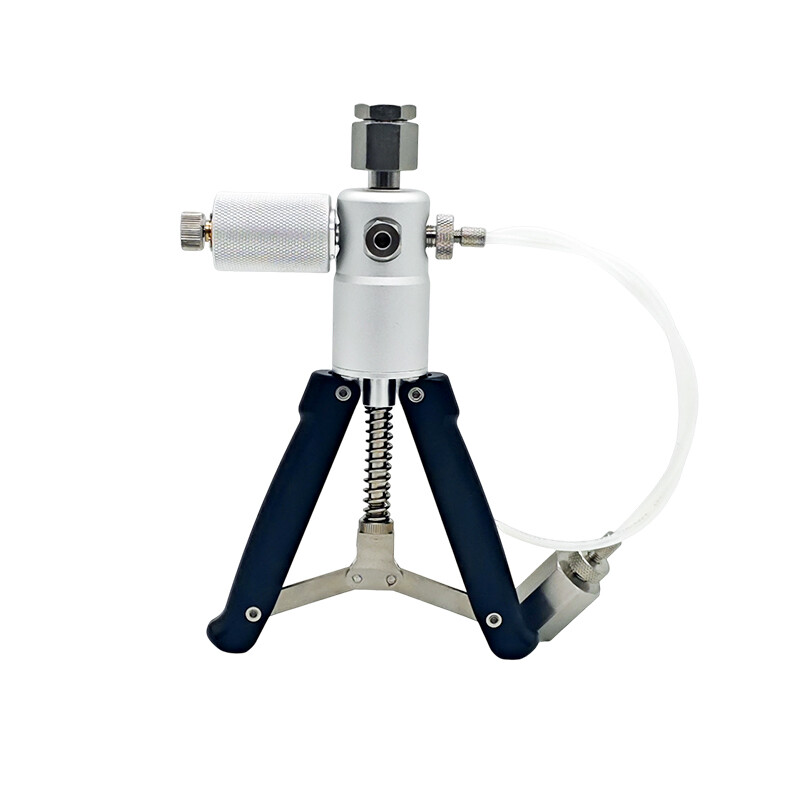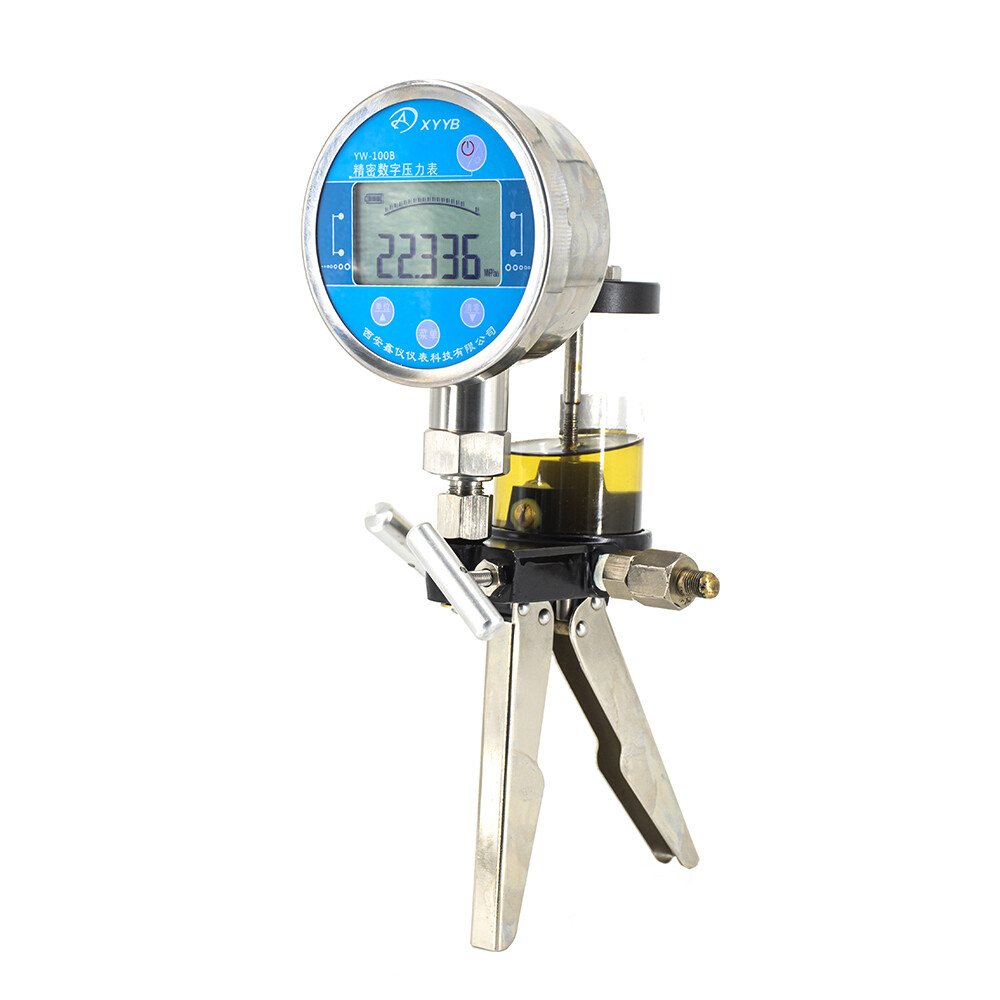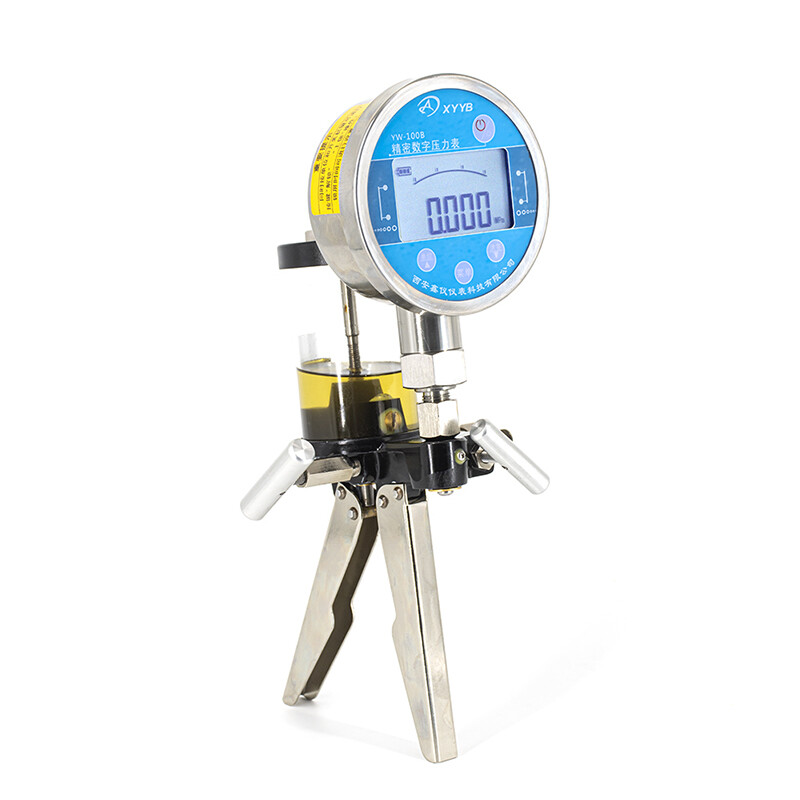The working principle of orifice flowmeter is based on the principle of differential pressure flowmeter, which measures the flow rate by measuring the pressure difference generated when the fluid flows through the throttling element. When the fluid fills the pipeline and flows through the throttling device inside the pipeline, the flow beam will locally contract, causing an increase in flow velocity and a decrease in static pressure, resulting in a pressure drop (i.e. pressure difference) before and after the throttling element. The greater the fluid flow rate, the greater the pressure difference generated. 12
The structure of an orifice flowmeter includes a metal plate with a central circular hole (i.e., a throttling element), called an orifice plate. Install the orifice plate vertically in the pipeline and calculate the flow rate by measuring the pressure difference between the front and rear ends of the orifice plate. When the fluid flows through the orifice plate, it reaches the highest flow velocity at the constriction point, and correspondingly, the static pressure is the lowest. Therefore, the flow rate can be measured by measuring the pressure difference.
The advantages of orifice flowmeter include simple structure, stable performance, and easy maintenance. However, it also has some drawbacks, such as significant energy loss, especially in situations with high flow rates. In addition, the installation of orifice flow meters requires a stable section of straight pipe with a constant inner diameter upstream and downstream, with an upstream length of at least 10 times the pipe diameter and a downstream length of 5 times the pipe diameter.
Orifice flow meters are widely used in process control and measurement in fields such as petroleum, chemical, metallurgical, power, heating, and water supply, and have broad application prospects.

Chat Online

